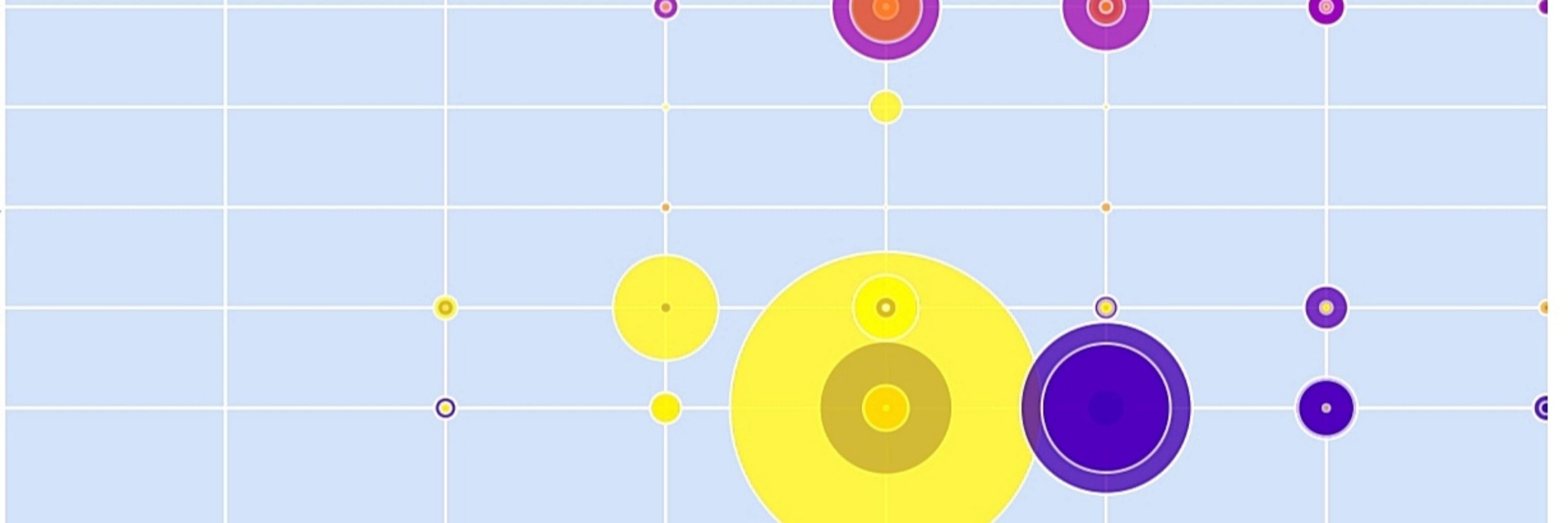
Interested in Zoonotic & H5Nx viruses, Bats/Birds, Z-RNAs, Inflammasomes & Cell death.
We identified the emergence of 2.3.4.4b #H5 HA with a distinct #glycosylation pattern in its RBD that drove its preferential pairing with long stalk N1 and the emergence of this novel variant.

We identified the emergence of 2.3.4.4b #H5 HA with a distinct #glycosylation pattern in its RBD that drove its preferential pairing with long stalk N1 and the emergence of this novel variant.


We reported last year, 2.3.4.4b H5N1 features long stalk N1, unlike prev clades. All mammals infected with H5N1 after 2020 (also B3.13&D1.1) show long stalk N1.

We reported last year, 2.3.4.4b H5N1 features long stalk N1, unlike prev clades. All mammals infected with H5N1 after 2020 (also B3.13&D1.1) show long stalk N1.


How non-human mammal 2.3.4.4b #H5N1 is evolving and possibly attaining human adaptation and infection?
An unbiased map of 2.3.4.4bH5N1 adaptations in diverse hosts is much needed to follow up on #human H5N1 infections
www.biorxiv.org/content/10.1...

How non-human mammal 2.3.4.4b #H5N1 is evolving and possibly attaining human adaptation and infection?
An unbiased map of 2.3.4.4bH5N1 adaptations in diverse hosts is much needed to follow up on #human H5N1 infections
www.biorxiv.org/content/10.1...

